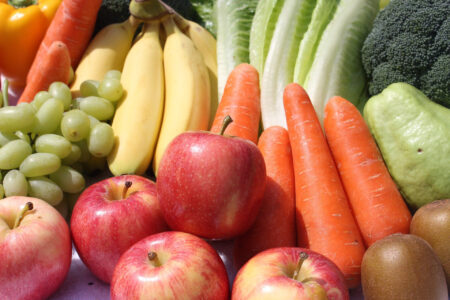
Food price inflation remained high in April following a 10-year high last month, Stats NZ said today.
Food prices were 6.4 per cent higher in April 2022 compared with April 2021. This was due to rises across all the broad food categories Stats NZ measures:
- grocery food prices increased 6.4 per cent
- restaurant meals and ready-to-eat food prices increased 5.3 per cent
- fruit and vegetable prices increased 9.4 per cent
- meat, poultry, and fish prices increased 8.1 per cent
- non-alcoholic beverage prices increased 2.8 per cent
Grocery food was the largest contributor to this movement, mainly due to increases in the price of cheddar cheese, milk and eggs.
“Inflation of food prices has generally been increasing since a low of 0.5 per cent in the year to March 2021,” Stats NZ consumer prices manager Katrina Dewbery said.
“This followed a period from October 2011 when food price annual inflation was mostly under 2.5 per cent.”
Monthly food prices were 0.1 per cent higher in April 2022 compared with March 2022.
This was mainly due to a rise in prices for restaurant meals and ready-to-eat food and a fall in prices for fruit and vegetables.
The higher prices in restaurant meals and ready-to-eat food coincided with the minimum wage increase which increased from $20 to $21.20 on April 1. Restaurant meals and ready-to-eat food had the largest monthly increase in more than a decade, up 1.4 per cent. This was mainly due to higher prices for dine-in lunches, hamburgers and coffee.
“We often see price rises in restaurant meals and ready-to-eat food following an increase in the minimum wage,” Dewbery said.
“Even so, the last time restaurant meals and ready-to-eat food had a monthly rise of this scale was following the increase in GST to 15 per cent in October 2010 when there was a 1.9 per cent increase.”
This rise was offset by fruit and vegetables which fell 3.1 per cent from March 2022 to April 2022, mainly due to falls in the price of broccoli, lettuce, and kiwifruit.
After removing regular seasonal impacts, food prices rose 0.1 per cent . This means that the price increase in the unadjusted series was unchanged by typical seasonal effects from March to April.







